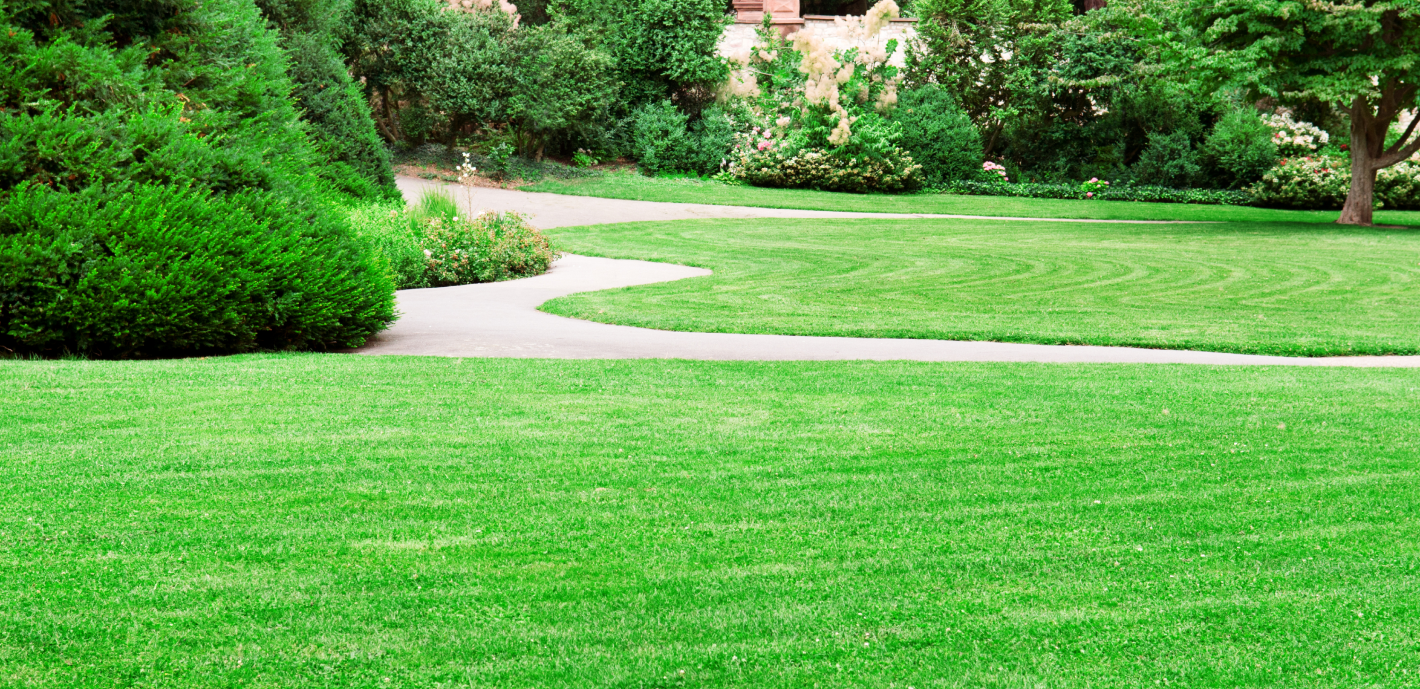
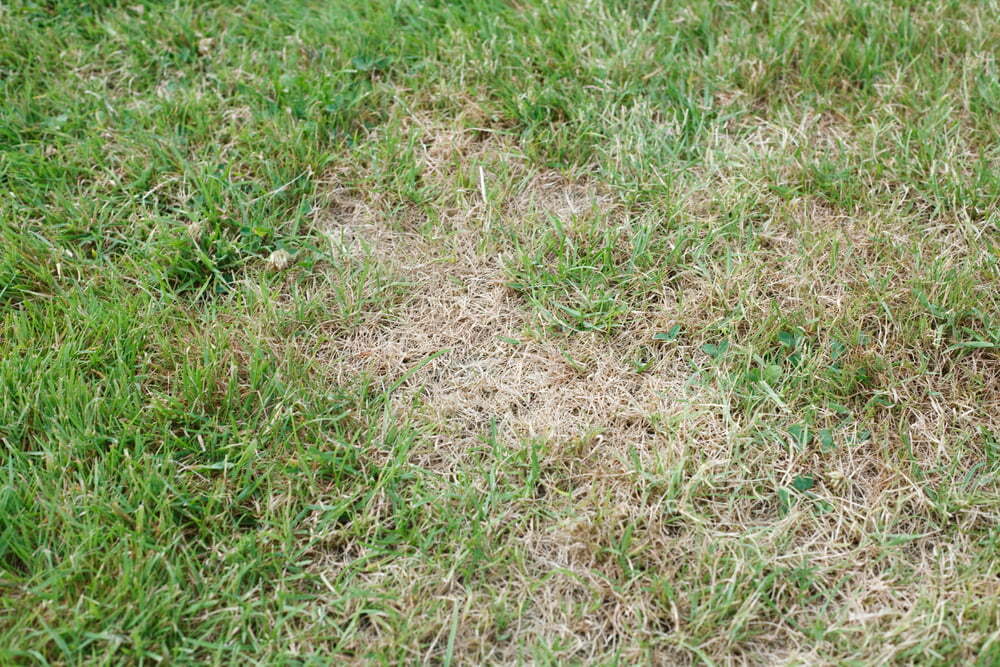

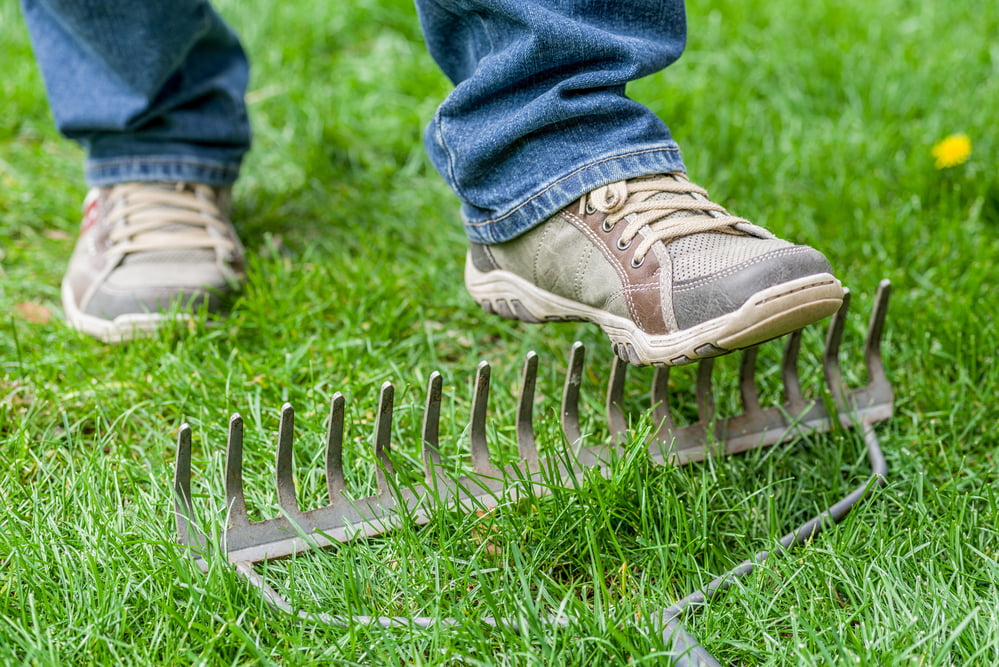
Lawns are often damaged by improper maintenance. Fortunately, this is one of the easiest issues to remedy—once you know what mistakes you were making, you can avoid them in the future! Here are a few common maintenance issues and mistakes that affect lawns in Winnipeg:
When reviving a dying lawn, we take the time to review your lawn care routine. We’ll help you determine what might have gone wrong and modify your lawn care routine to keep your lawn healthy for years to come once it’s been revived.
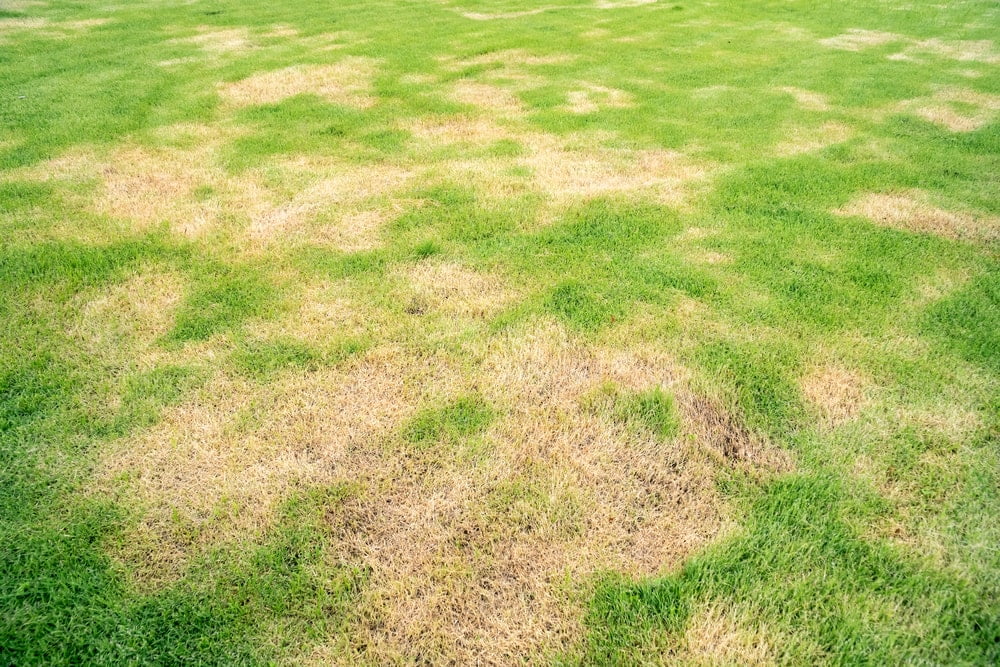
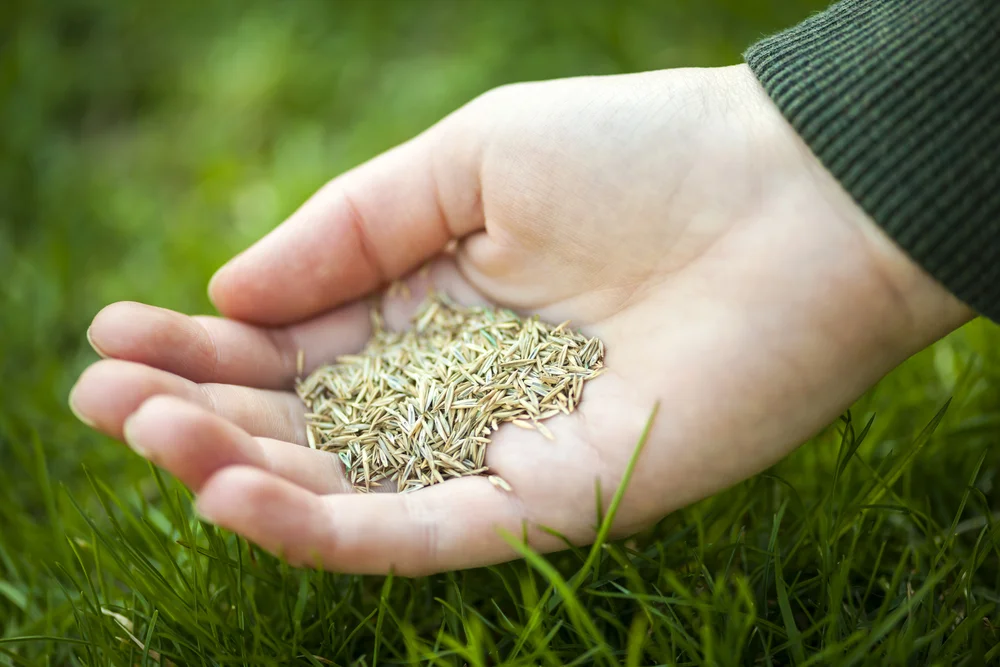
Our goal isn’t just to revive your lawn—it’s to keep it as healthy as possible. We’ll give you detailed instructions on lawn care and visit regularly to help keep your lawn healthy.
Take advantage of our lawn care service in Winnipeg, and revive your dying lawn—call Cleanr today!